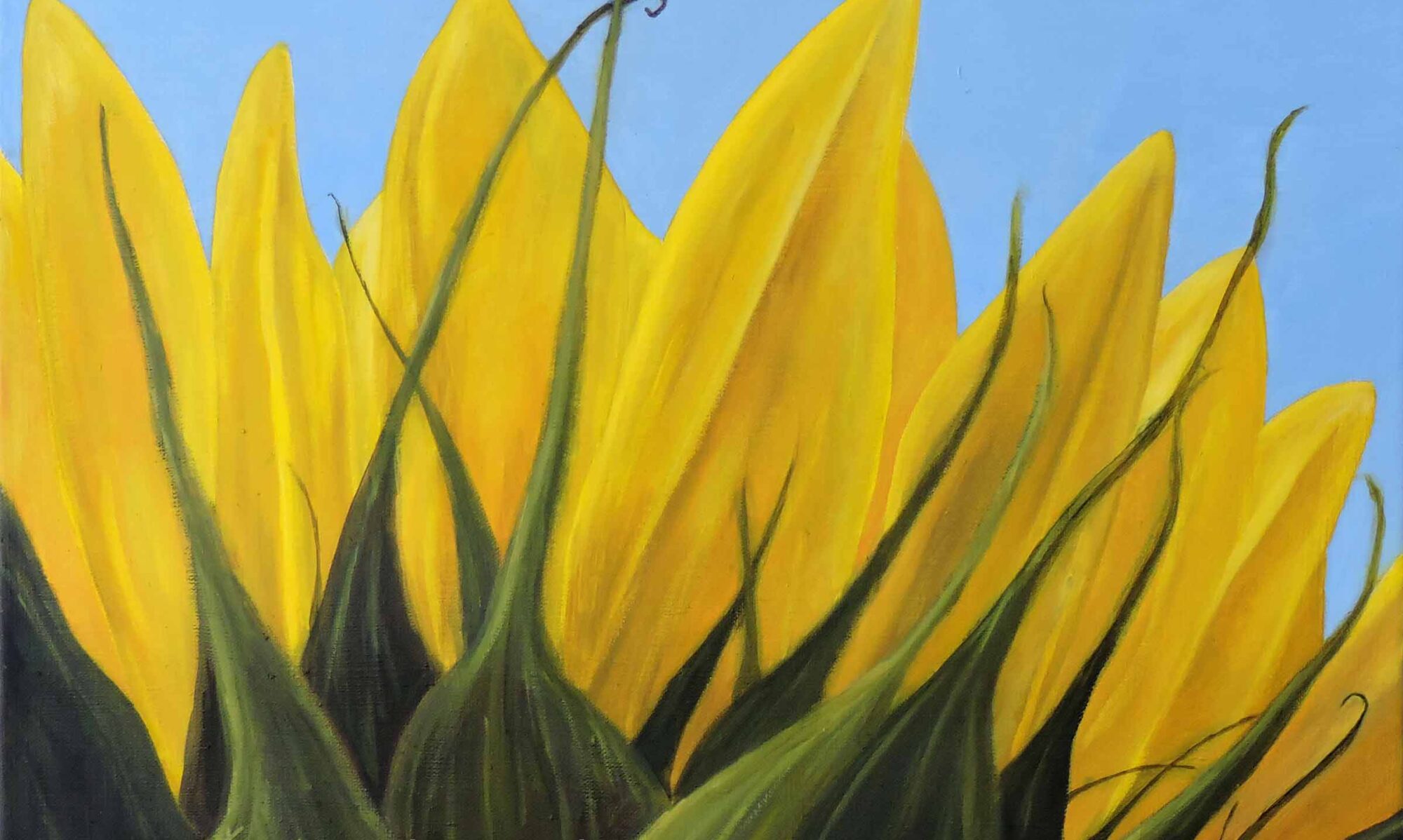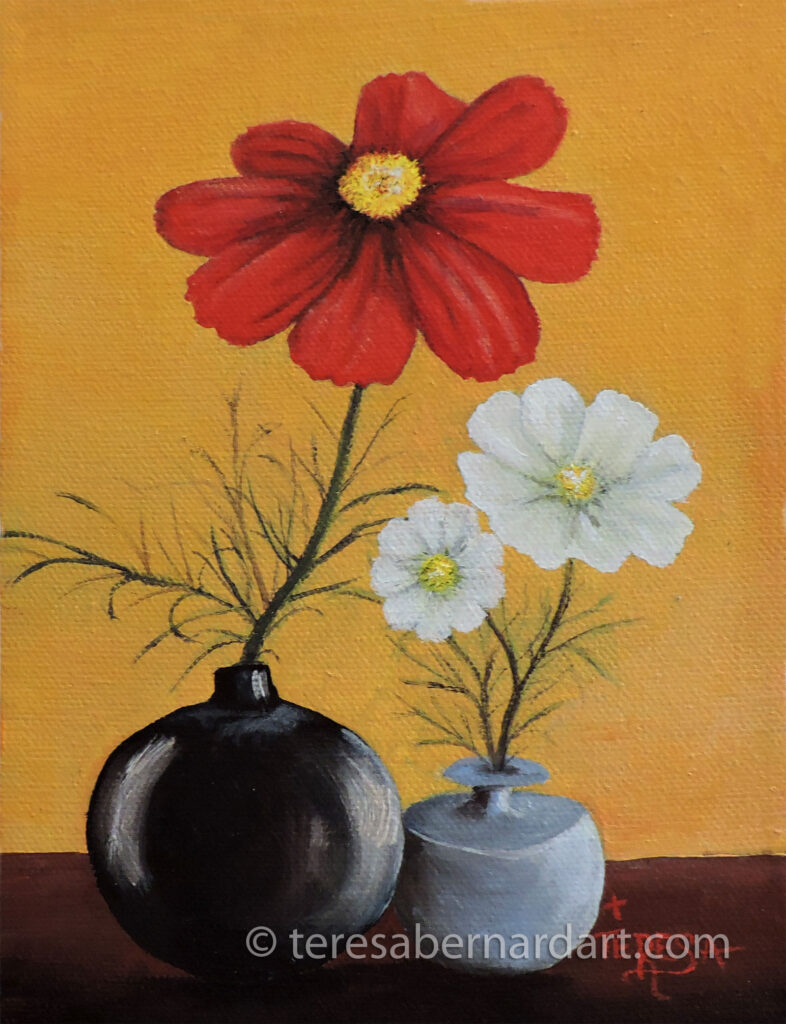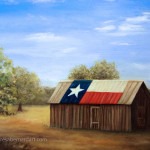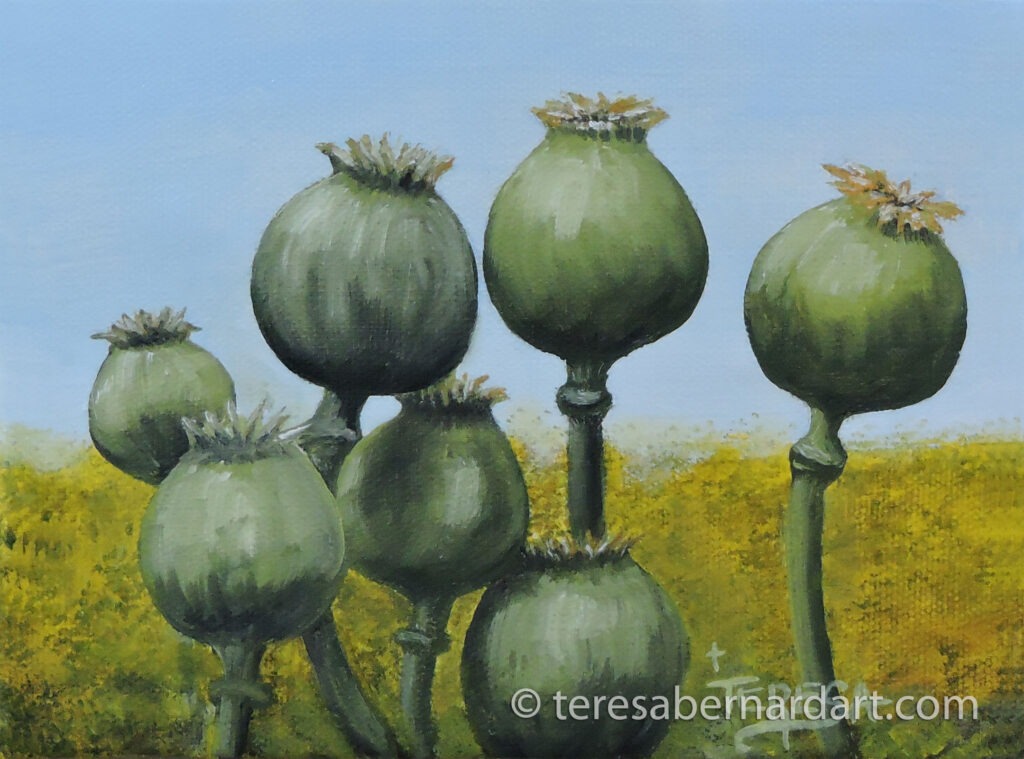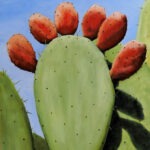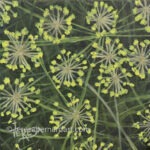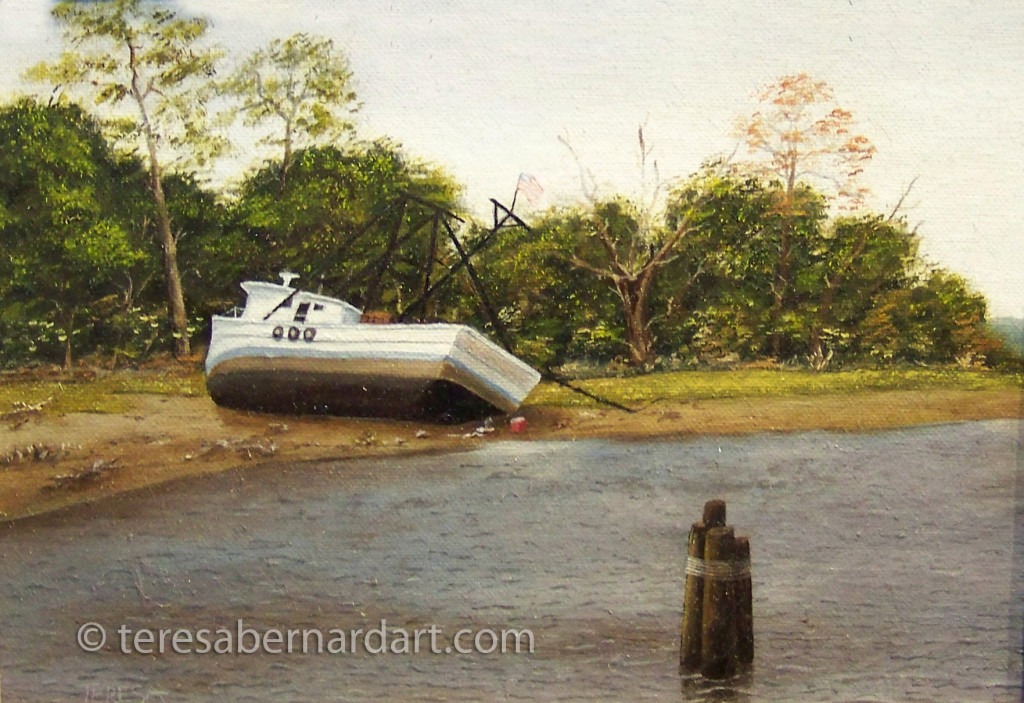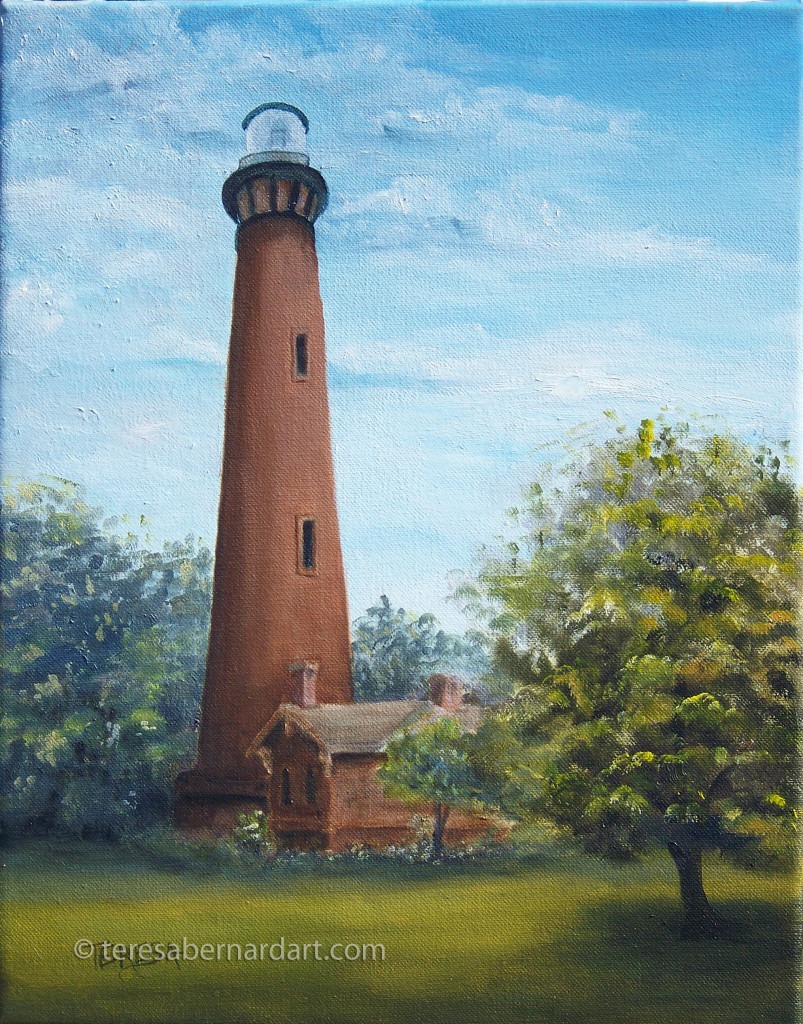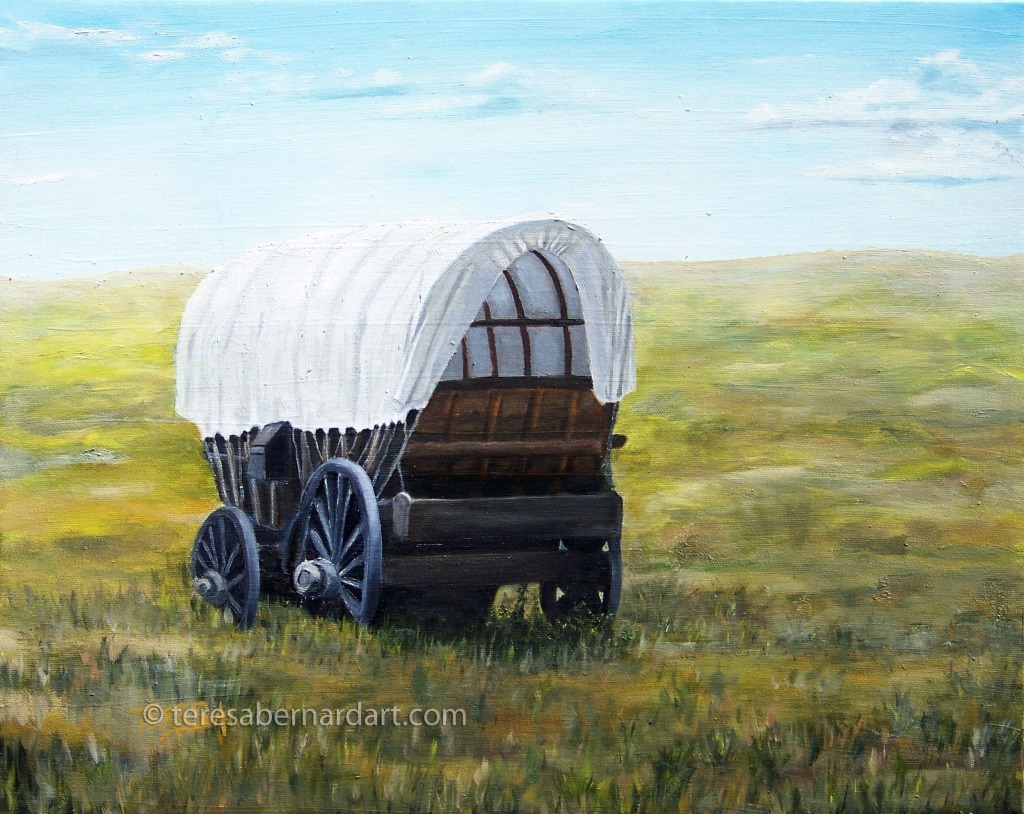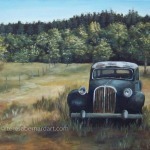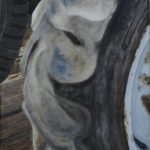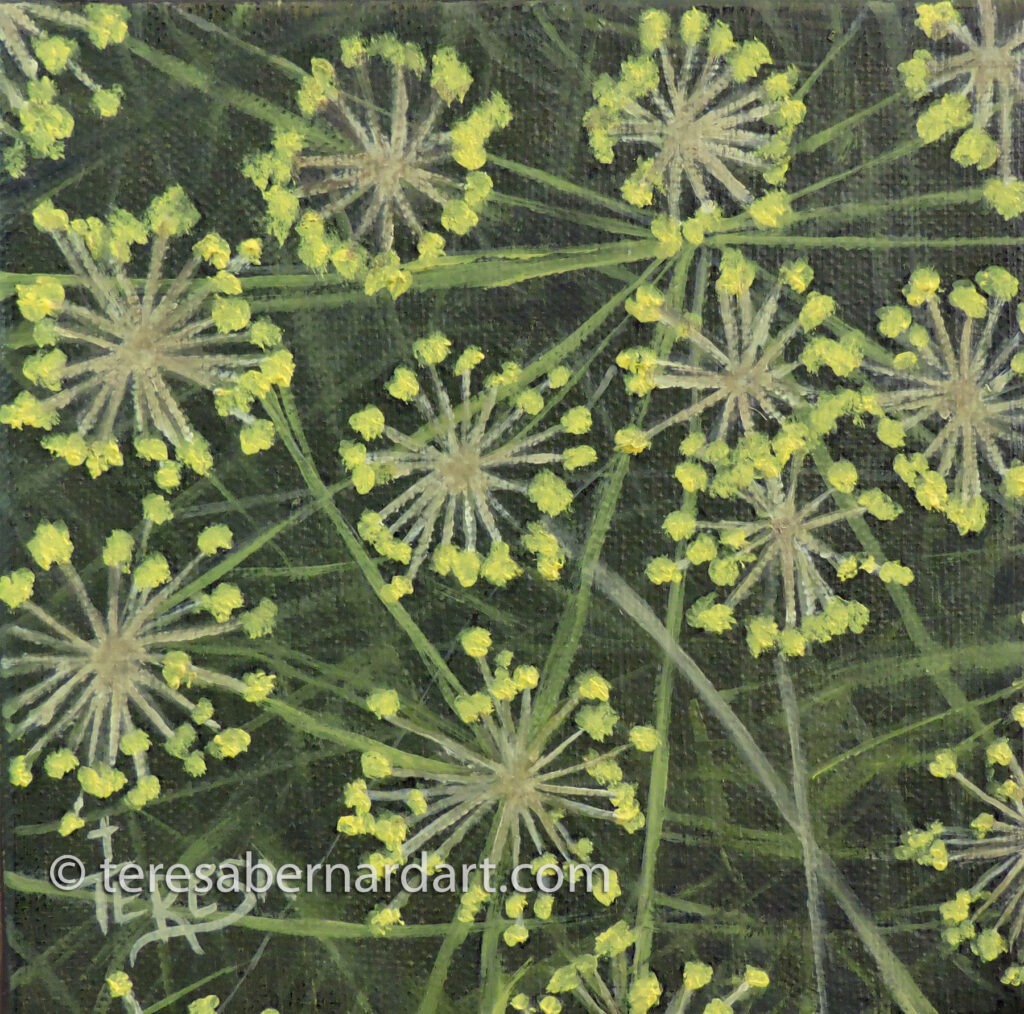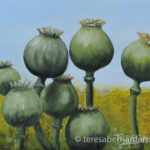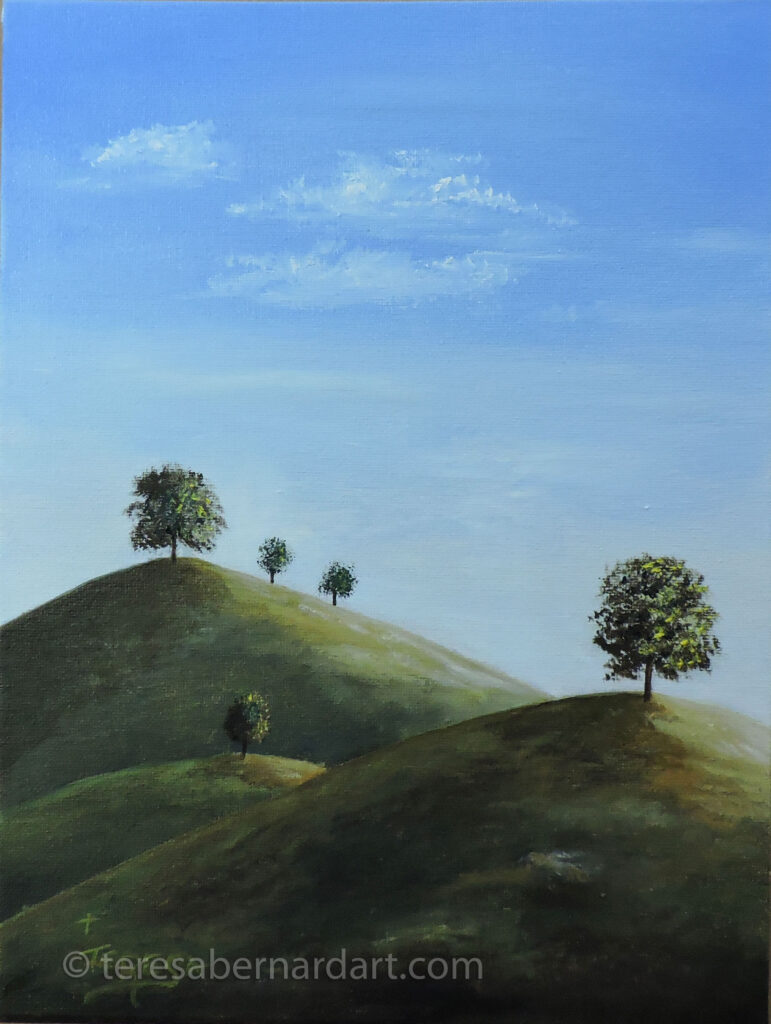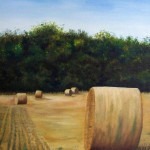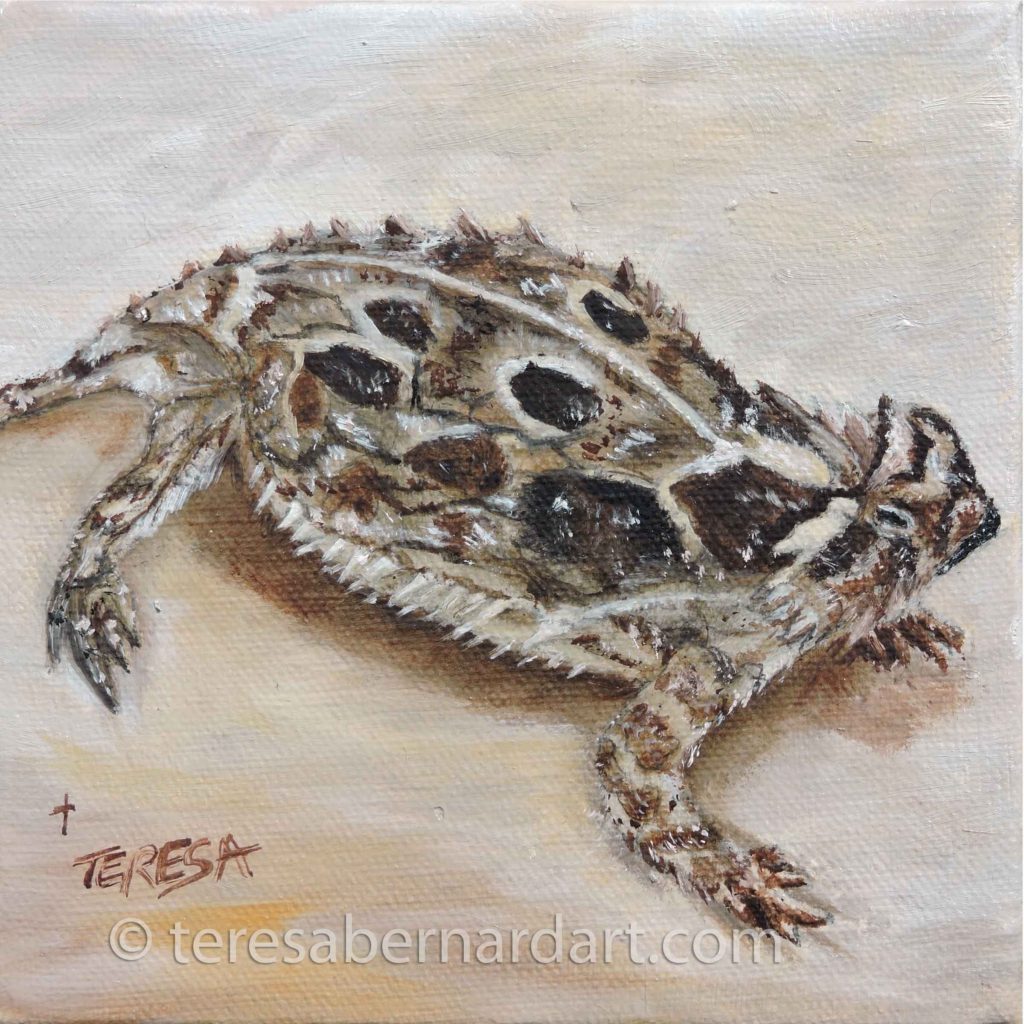
$120
FREE shipping and handling within the U.S.A.
Contact us for international postage and handling.
![]() All transactions are via PayPal, a safe and secure way to make your purchase.
All transactions are via PayPal, a safe and secure way to make your purchase.
Details & Description
Title: Texas Horned Lizard Size: 6″ w x 6″ h Canvas Type: Gallery Wrap Stretched Canvas Frame: Unframed; Ready to Hang Signed: On the front COA: Signed Certificate of Authenticity Series: Part of the Life in Texas Series A Teresa Bernard Oil Painting
This small wildlife painting depicts the Texas Horned Lizard. It would make an excellent gift for a budding herpetologist or someone with an interest in reptiles.
An original wildlife painting of the Texas horned lizard, also known as the horny toad by native Texans. This is a close-up painting of the lizard who sits on a neutral-colored background. The artwork is signed in the lower left by Texas artist Teresa Bernard.
This painting is perfect for cramped spaces or rooms because of its small size. It was painted by hand on 6×6-inch gallery-wrapped canvas. Texas Horned Lizard has a stylish look because its composition spills over the canvas’s edges. This art piece will look fantastic in your house, business, or wherever else it is hung, whether it is framed or not. This desert critter wall art comes with an official Certificate of Authenticity (COA) upon purchase.
The original canvas painting does not have the copyright watermark ©️ teresabernardart.com.
Read more about the Life in Texas Series here.
Artist Comments
The Texas Horned Lizard, or simply “horny toad” as we called them when I was a kid growing up in west Texas, was a fun painting to do. It brought back lots of fond childhood memories. As children, my friends and I would see these little spiked critters all the time and often would play with them for a while, and then we would release them. As an adult, I noticed they aren’t in abundance so much anymore. So, I did a little research to find out why. Here is what I discovered from my readings.
In Search of the Horny Toad
About 70% of the Texas horned lizard’s diet is made up of harvester ants. Through the years, their population has declined by about 30%. Although I’m happy to read that they may be making a comeback. The decline is due to the overuse of pesticides and the spread of nonnative fire ants. Both eradicate harvester ant colonies, destroying the lizard’s principal source of food. The Texas horned lizard is now a protected species, and, in Texas, it is illegal to take, possess, transport, or sell them without a special permit.
According to Texas Parks & Wildlife magazine, issue August/September 2018, “Texas horned lizards once occurred throughout Texas, but now only a few populations remain. Efforts to move Texas horned lizards from one location in Texas to another, with the hope of establishing new self-sustaining populations in previously occupied habitats, are underway. Several Texas zoos are also working to develop colonies for reintroduction programs. RAWA (Recovering America’s Wildlife Act) funding would pay for “lizard factories” to help with reintroduction efforts.”
I shared a post about my findings on social media and received some interesting comments from my friends and followers.
One friend whom I’ve known since my early teen years lives in a small Texas town. She told me they have a horny toad festival every year called The Old Rip Festival. And it’s all about a horny toad named Old Rip! She sent me a link to the Texas Parks and Wildlife Magazine website. It tells all about the legend, lore, and legacy of Old Rip, a horny toad that supposedly lived for 31 years!
Another follower comments, “you still see these in West Texas and Panhandle. Fire ants haven’t taken over every inch of ground as they have here, and harvester ants are still there, so that helps with the “horny toads.” Hope they make a comeback here someday.”
—Teresa Bernard
You May Also Like
If you like the painting Texas Horned Lizard, you are sure to enjoy the animal paintings below. For more information, click or tap the thumbnail link.
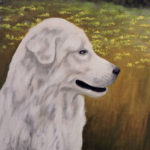
16″ w x 20″ h
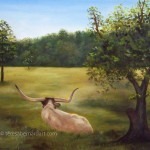
20″ w x 16″ h
Your Feedback
“Interesting, so beautiful..” — @andybaldwin, MeWe
“I love these little critters and my sis-in-law is seeing them in all stages on her ranch in Mathis..come on little dudes, make a comeback.” — @Char78613, Gab
“We have a similar lizard here, the Eastern Fence lizard, where I live.” –@adamcharleshovey, MeWe
“It is amazing how you are able to convey the “spiky” nature of the lizard through your clever use of brushing to create the spikes and rough/harsh texture of the skin of the animal.” — @TheBlackHeart, Gab
Have a question?
If you have a question about this painting, please contact us, and we’ll be happy to answer your questions.
Thanks for looking!
Feel free to share this with your friends.
